Siphon pot coffee making tutorial diagram siphon coffee mixing method time grindability parameters
From now on, the siphon pot is a coffee utensil with a strong sense of age. at present, many coffee shops no longer make siphon coffee or as a characteristic, non-main product. Of course, as a siphon coffee fan, just do it if you don't have it outside. This article on Qianjie shares siphon coffee in as simple language as possible.
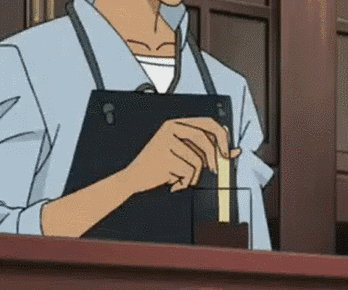
The structure of the siphon pot the general structure of the siphon pot can be divided into the upper pot, the lower pot and the bracket, which is connected to the lower pot for fixing and supporting. The pot is roughly a sphere so that it will be heated evenly when heated. The upper pot is cylindrical, the bottom does the contraction treatment, extends a slender catheter, in the contraction place will have the apron treatment. When the upper pot is placed on top of the lower pot, the rubber ring will act as a seal. When heating the lower pot, the water heats to produce steam, and the lower pot produces pressure to suck the water into the upper pot. The upper pot is where the coffee powder comes into contact with the water. When the heating source disappears, the coffee liquid returns to the pot, so the siphon coffee is done.
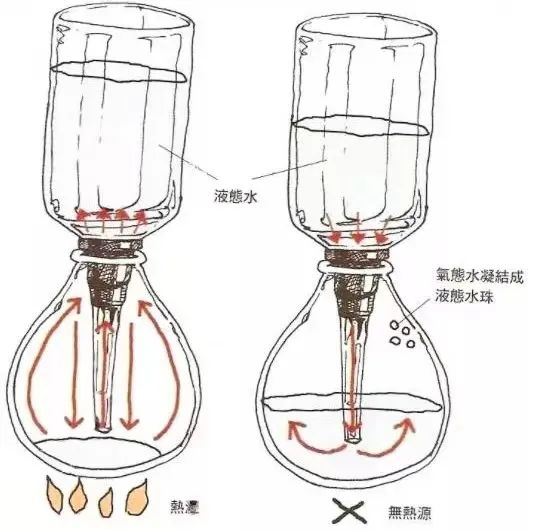
Filter cloth and filter paper We don't want to drink coffee grounds full of coffee grounds, so we need a filter to separate the coffee grounds. Flannel filter cloth and round filter paper are commonly used. Flannel is a more traditional siphon filter material, which is characterized by the ability to retain the oil in the coffee, but the disadvantage is that it is more troublesome to use and wash. Filter paper is a new type of filter material, characterized by a relatively clean filter, some subtle things (including but not limited to grease) can be blocked. If it is only for individuals, the frequency of brewing coffee will not be too frequent, Qianjie suggests using flannel, so that you can fully experience the taste of siphon coffee. Heating sources at present, the commonly used heating sources are gas stoves, light wave stoves and alcohol lamps. Both the gas stove and the light wave furnace can adjust the size of the heat source, and the temperature rises relatively fast and stably, but the only bad thing is the slightly higher cost. The cost of alcohol lamp is low, but the heat source is unstable and the heating time will be longer. Qianjie believes that these heating sources can make good coffee, the key is to adapt to the heating characteristics to make appropriate adjustments. However, if there are conditions, it is still on the gas stove or light wave stove.
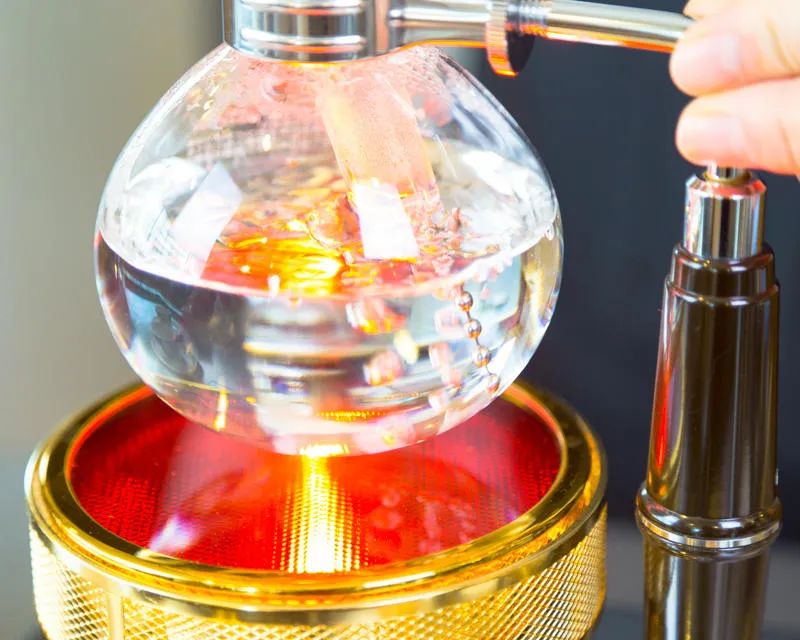
There are two differences between adding powder first and then adding powder on the steps of cooking siphon. The traditional one is to choose to add powder first. The latter believes that if the powder is added first, the water will come into contact with part of the coffee in the process of rising, which will lead to the "theft" of some coffee, which can cause uneven extraction, so they insist on adding powder only after the water has risen to the pot. This is the same as the water injection time or water injection timing in hand-brewed coffee at the same time. Qianjie believes that it will be safer for beginners to choose the way of adding powder. In this way, the unstable factor will be lower than the first powder. Coffee powder grinding degree siphon coffee grinding degree will be finer than hand brewing, measured in the front street, the grinding degree is about 90% of the 20 sieve pass rate. The ratio of powder to water is usually between 1:10 and 1:12 to make siphon coffee. More people use the 1:12 ratio. If you are cooking 1 person at home, you might as well use the parameters commonly used in the front street, 18 grams of coffee powder and 200 milliliters of water.
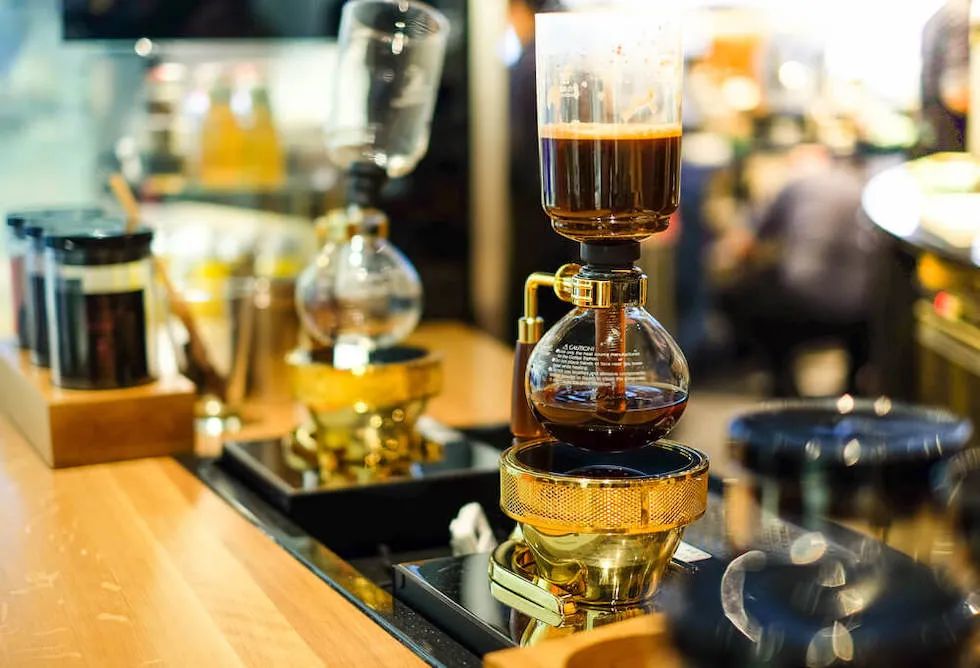
There are many ways of stirring, including rotating stirring, cross stirring, Z stirring, ∞ stirring, slapping and so on. Qianjie suggests that you just start stirring and slapping the coffee powder layer along the track shown below. The stirring rod takes the center as the fulcrum, and the two ends keep moving back and forth in dislocation.
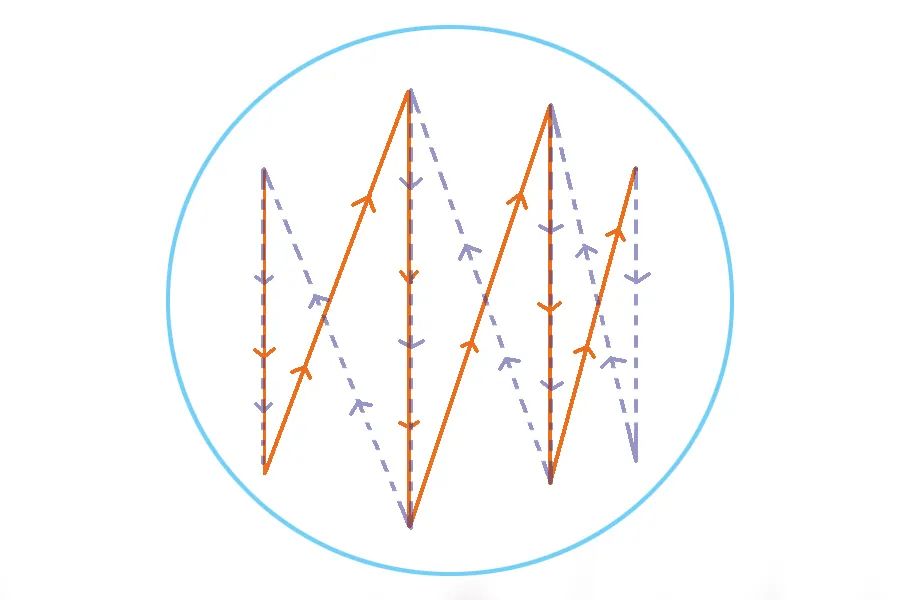
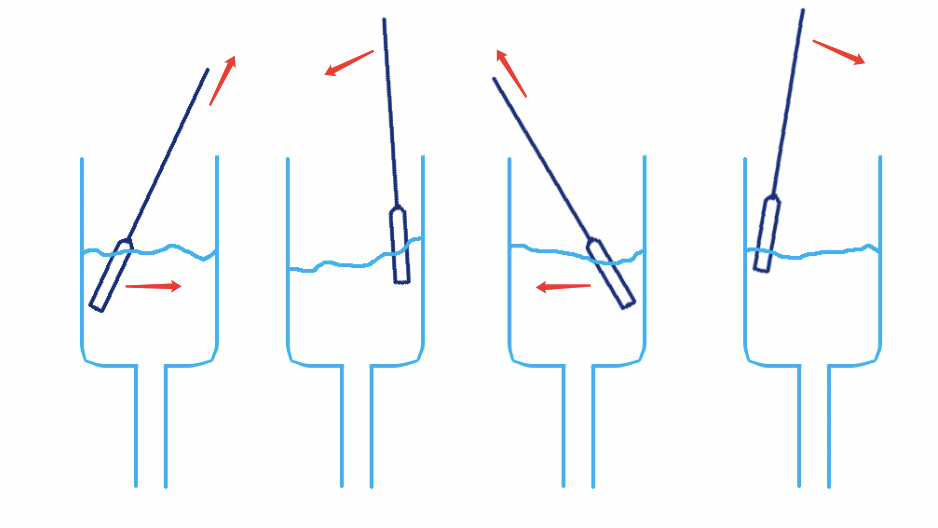
The method is not the only one, but Qianjie thinks it is easier to control and easy to use. To determine when the siphon coffee is turned off at the end of the time, some people like to judge by smelling the aroma of coffee, which is a big test for personal basic skills and is difficult to describe in words. Therefore, Qianjie recommends beginners to use timing. If you use the method of adding powder after adding powder, start the time by adding powder, and if you add powder first, start by preparing to swing the stirring stick. The time to turn off the fire source is about 50-70 seconds. -the specific mode of operation used to be cooked in the street as an example.
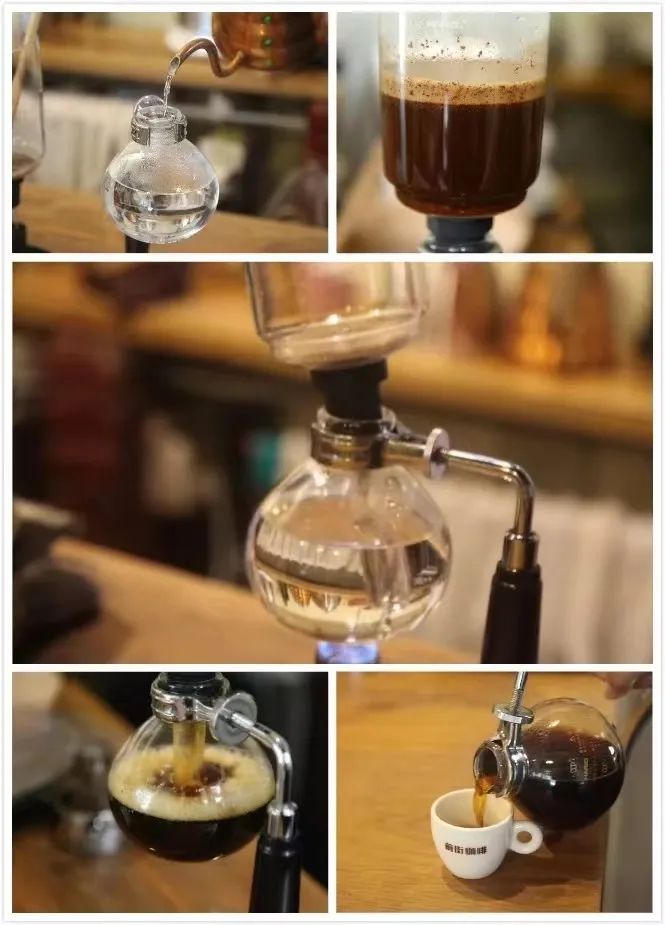
1. Pour 200ml of hot water, dry the pot and turn on the heating source. 2. Insert the upper pot obliquely into the lower pot, and the explosion-proof beads should touch the bottom of the lower pot. 3. When continuous water droplets appear in the lower pot, straighten the upper pot and press it tightly. Wait for the water from the pot to be sucked into the upper pot. 4. Pour in the coffee powder and start the clock. In the first stage, the coffee powder is pressed into the water with a stirring stick to absorb the water evenly. 5. The second stage begins to stir with the stirring method recommended by Qianjie in 25 seconds, so that the coffee is obviously divided into three layers: coffee liquid, coffee powder and coffee foam. 6. The last paragraph starts stirring in the same direction at 50 seconds. Remove the fire at 60 seconds and wait for the coffee liquid to fall back. The siphon coffee made in this way is very fragrant and strong, although it is not as thorough and clean as hand-brewed coffee, but the floating oil on its surface adds a lot of mellow feeling.
Important Notice :
前街咖啡 FrontStreet Coffee has moved to new addredd:
FrontStreet Coffee Address: 315,Donghua East Road,GuangZhou
Tel:020 38364473
- Prev

How many ice cubes and water ratio do ice hands make coffee? What coffee beans should be recommended for iced coffee?
Recently, many friends have come to Qianjie to drink ice hands and make coffee. When making coffee in Qianjie, some questions also arisen coincidentally. Qianjie summed up two questions. The first is the ratio of powder to water and how much ice is added. The second is what's the difference between adding ice first and adding ice later? -how much ice? Ice is being made.
- Next

What does the coffee channel effect mean? What is the impact of the espresso channel?
I recall that when I was learning espresso, I was tortured by the "channel". A lucky E person, really every time the extraction of coffee appears in the channel, the old master will suddenly appear behind you, a cold sound into the ear, "you ~ pierced ~". This channel effect.
Related
- Beginners will see the "Coffee pull flower" guide!
- What is the difference between ice blog purified milk and ordinary milk coffee?
- Why is the Philippines the largest producer of crops in Liberia?
- For coffee extraction, should the fine powder be retained?
- How does extracted espresso fill pressed powder? How much strength does it take to press the powder?
- How to make jasmine cold extract coffee? Is the jasmine + latte good?
- Will this little toy really make the coffee taste better? How does Lily Drip affect coffee extraction?
- Will the action of slapping the filter cup also affect coffee extraction?
- What's the difference between powder-to-water ratio and powder-to-liquid ratio?
- What is the Ethiopian local species? What does it have to do with Heirloom native species?

